
How to Grow Out Bangs Gracefully: Styling Tips for Every Stage | The Ultimate Hair Guide
11 min read

11 min read

10 min read

9 min read

15 min read

10 min read

13 min read
Is your hair feeling more like straw than silk? Are split ends, breakage, and a dull, lifeless appearance your constant companions? You're not alone. From heat styling and chemical treatments to environmental stressors, our hair goes through a lot. The good news is that you don't have to live with the consequences. Learning how to fix damaged hair isn't about magic potions; it's about understanding the science of the hair strand and using targeted, proven methods to restore its health, strength, and shine. This comprehensive guide will walk you through ten science-backed strategies that go beyond surface-level fixes to deliver real, lasting repair.

Forget the myths and marketing gimmicks. We’re diving deep into the molecular level of hair repair, exploring everything from rebuilding internal bonds to optimizing your diet for stronger growth. Whether your damage is from bleach, a flat iron addiction, or simple neglect, these methods provide a clear roadmap to revitalizing your locks. Get ready to transform your hair care routine and rediscover the vibrant, resilient hair you deserve.
Before you can effectively fix damaged hair, you must understand what you're up against. A single hair strand has three main layers. The innermost layer is the medulla (not always present, especially in fine hair). The middle layer is the cortex, which provides the hair's strength, color, and texture; it's made of twisted keratin fibers held together by disulfide bonds. The outermost layer is the cuticle, a series of overlapping, scale-like cells that protect the cortex. When hair is healthy, the cuticle lies flat, reflecting light and giving hair its shine. It also locks in moisture and protects the inner cortex from damage.
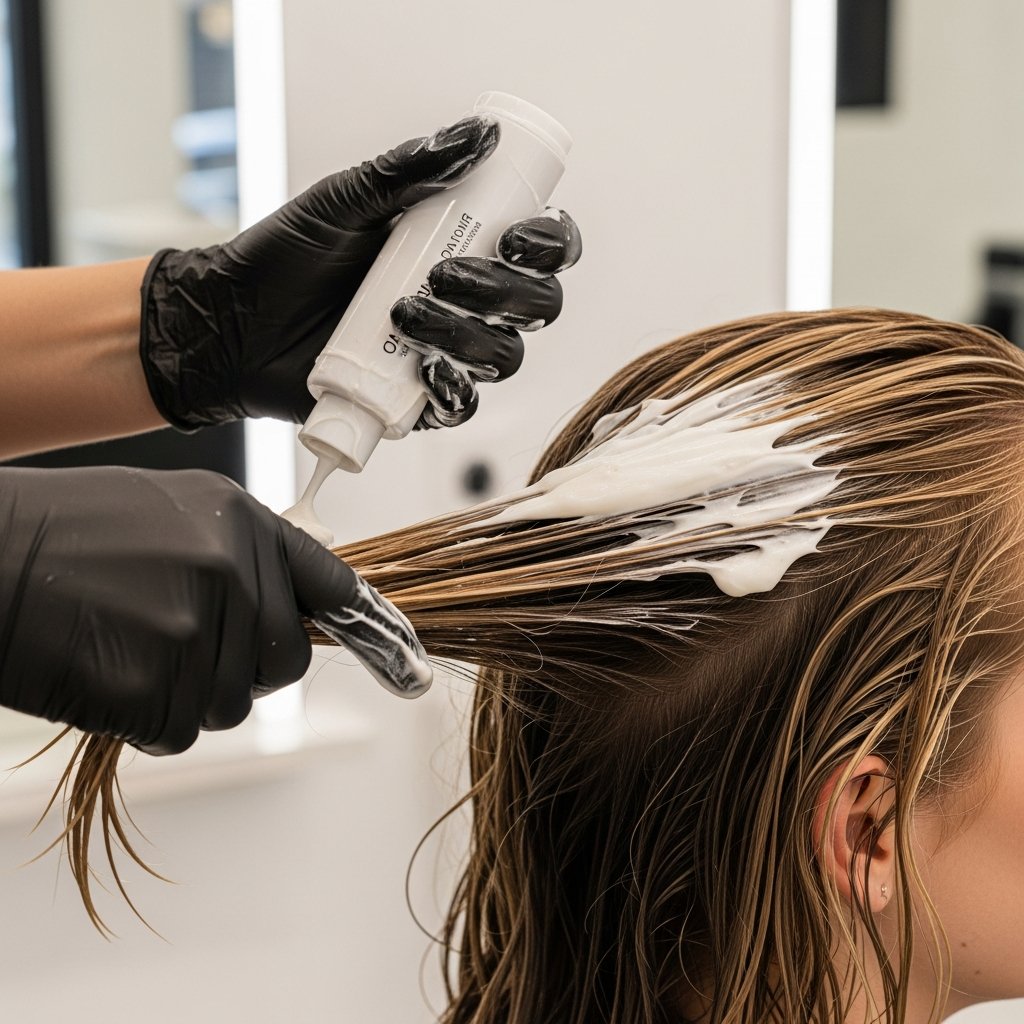
Damage occurs when the cuticle is lifted or broken down. Chemical processes like coloring, bleaching, and perms break the disulfide bonds in the cortex to alter the hair's structure, inherently weakening it. High heat from styling tools can cause moisture within the hair to flash-boil, creating cracks in the cuticle and denaturing the keratin proteins. Even mechanical stress from harsh brushing or tight hairstyles can chip away at the cuticle, leaving the cortex exposed and vulnerable. Once the cortex is exposed, the hair loses moisture rapidly, becomes brittle, and is prone to split ends and breakage. Fixing this damage means addressing both the protective cuticle and the internal bonds.
This is arguably the biggest innovation in hair care in the last decade. Bond-building treatments work on a molecular level to repair the hair from the inside out. As mentioned, chemical and heat damage breaks the disulfide bonds that form the structural integrity of your hair's cortex. While traditional conditioners can smooth the outer cuticle, they can't repair these broken internal bonds. This is where bond builders come in. They contain active ingredients that actively seek out and re-form these broken disulfide bonds, essentially gluing the hair's protein chains back together.
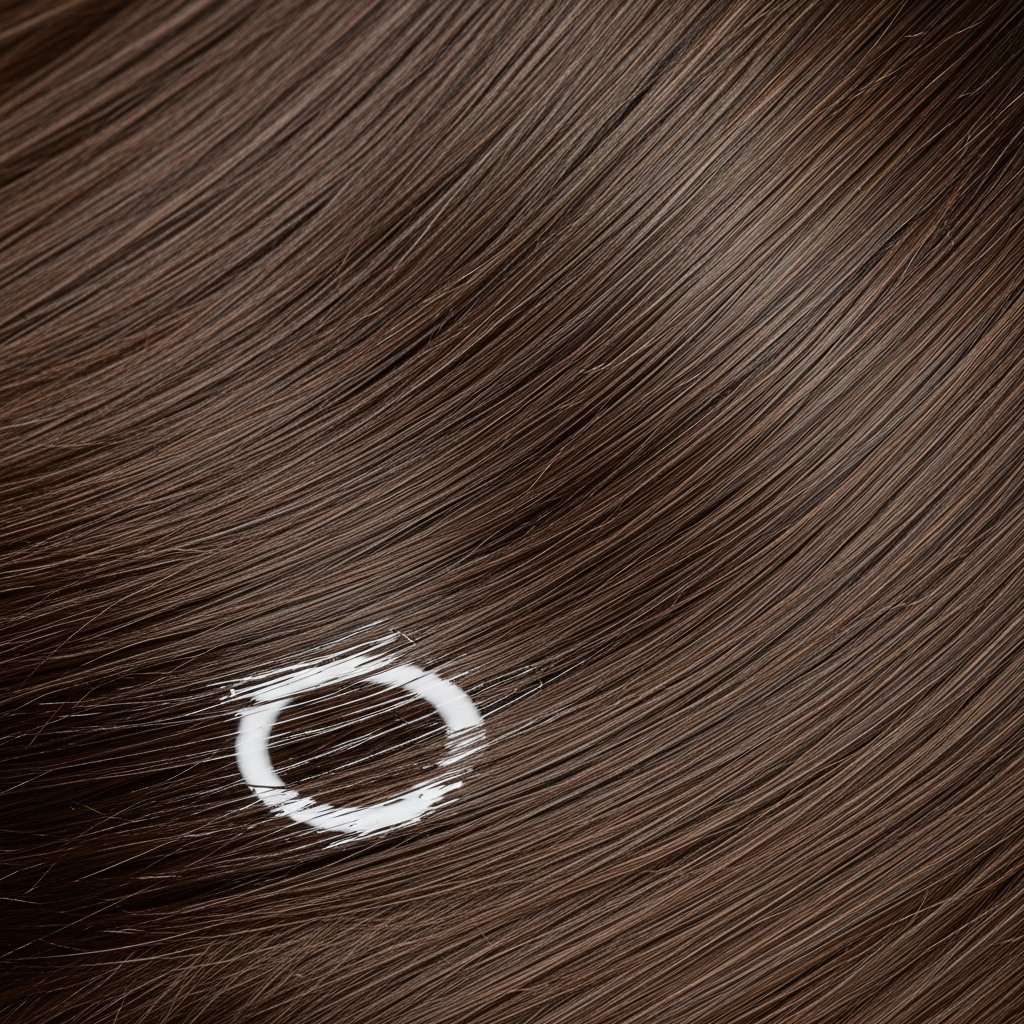
These treatments can dramatically improve the strength and elasticity of even severely compromised hair, reducing breakage and restoring a healthier feel. You can find them in two main forms: intensive, professional-only treatments performed in a salon, and at-home maintenance products like shampoos, conditioners, and masks. For anyone with chemically treated or severely heat-damaged hair, incorporating a bond-building system is a non-negotiable step in a serious repair regimen. They address the root cause of structural weakness, providing a foundation for all other treatments to work more effectively.
Professional in-salon treatments contain the highest concentration of the active bond-building ingredients. They are often used during a color or chemical service to mitigate damage as it happens, or as a standalone intensive repair service. At-home products are designed with a lower concentration for regular maintenance, helping to continue the repair process and protect against ongoing daily stressors between salon visits. Using both in tandem provides the most comprehensive approach to internal hair repair.
Since hair is primarily made of the protein keratin, it makes sense that protein-based treatments are essential for repair. When the hair's cuticle is damaged, it develops gaps and cracks. Protein treatments work by temporarily filling these gaps, a process known as 'patching.' The hydrolyzed proteins in these products (small enough to penetrate the hair shaft) bond to the weakened areas, reinforcing the structure, smoothing the surface, and adding strength. This can immediately improve the hair's appearance and texture, making it feel thicker and more resilient.
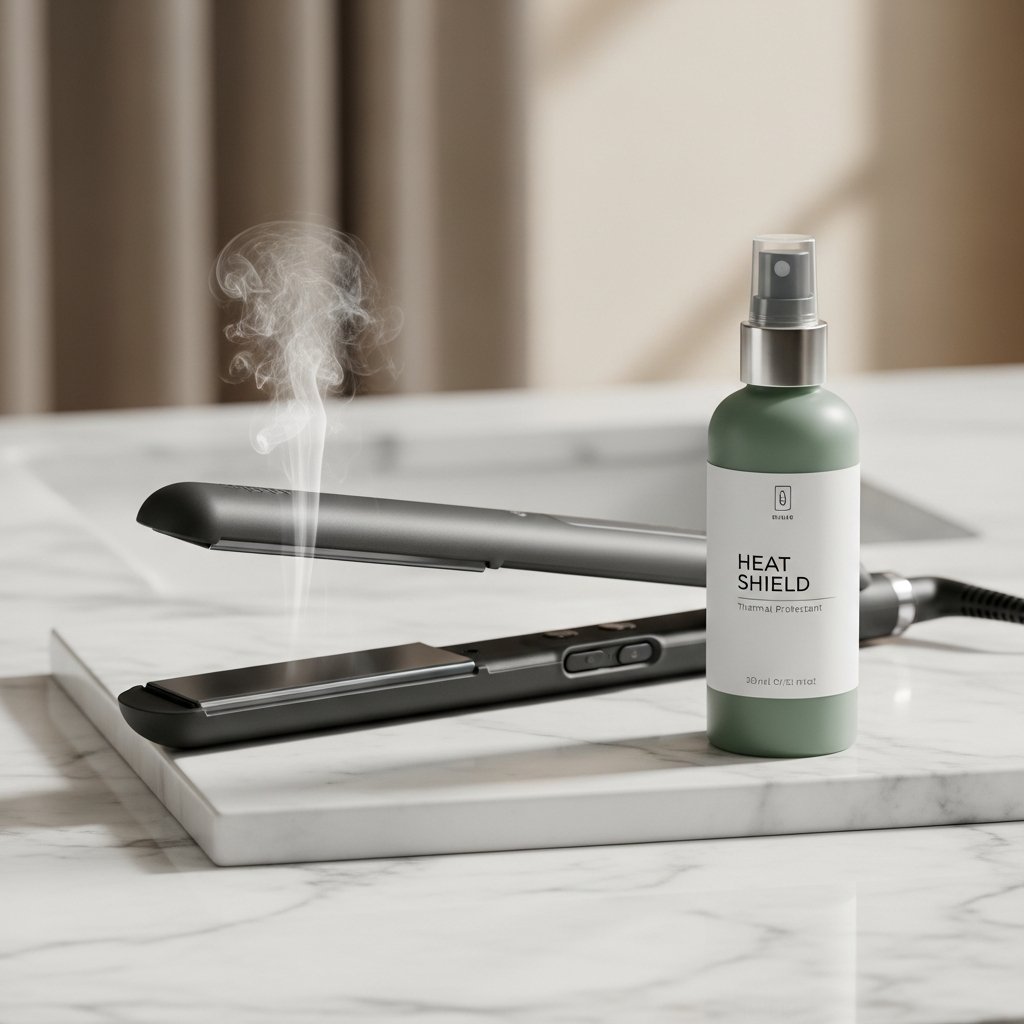
However, there is a crucial balance to maintain. While damaged hair needs protein, an excess can lead to 'protein overload.' This happens when too much protein builds up on the hair, making it stiff, brittle, and prone to snapping. The key is to alternate protein treatments with moisture-focused treatments. A good rule of thumb is to use a protein mask or treatment once every 4-6 weeks, or more often for severely damaged hair, while using hydrating masks weekly. Look for ingredients like hydrolyzed wheat protein, silk amino acids, or keratin in your products.
One of the most common culprits of hair damage is excessive heat styling. Temperatures above 350°F (175°C) can denature the keratin proteins in your hair, permanently altering their structure and weakening the strand. High heat also boils the water within the hair shaft, creating tiny, damaging steam explosions that crack and lift the cuticle. The solution is twofold: reduce the temperature and always use a high-quality thermal protectant. Most hair types do not require a tool's maximum heat setting; fine hair can often be styled below 300°F (150°C), while coarser hair may need slightly more, but rarely over 400°F (200°C).

The science behind thermal protectants is fascinating. They work in several ways. Many contain silicones (like dimethicone or cyclomethicone) that create a thin, protective film over the hair shaft. This film not only reduces friction but also slows down heat conduction, distributing the heat more evenly and preventing localized hotspots. Other ingredients, like polymers and copolymers, form a barrier that helps to prevent moisture loss. Using a heat protectant spray or cream every single time you style is like wearing oven mitts for your hair—it's an essential, non-negotiable layer of defense.
How you wash your hair is just as important as the products you use. Many conventional shampoos contain harsh sulfates, like Sodium Lauryl Sulfate (SLS), which are powerful detergents. While effective at cleaning, they can strip the hair and scalp of their natural, protective oils (sebum). This process can raise the hair cuticle, increase porosity, and leave already-damaged hair feeling even drier and more brittle. Furthermore, the pH of your shampoo matters. Hair's natural pH is acidic (around 4.5-5.5), which keeps the cuticle closed and smooth. Alkaline products can cause the cuticle to swell and lift, leading to tangles, frizz, and damage.

To fix damaged hair, switch to a sulfate-free, pH-balanced shampoo. These cleansers use milder surfactants that effectively clean the hair without the stripping effect. This helps maintain your scalp's natural moisture balance and keeps the hair cuticle sealed. When washing, focus the shampoo on your scalp, where oil and product buildup is concentrated. Allow the suds to gently run down the lengths of your hair as you rinse, rather than vigorously scrubbing your ends. This simple change can significantly reduce mechanical damage and prevent further drying of your fragile ends.
While regular conditioner is for daily detangling and smoothing, a deep conditioner or hair mask is an intensive treatment designed to penetrate the hair shaft with concentrated ingredients. These formulas are richer in emollients (like oils and butters), humectants (like glycerin and panthenol), and ceramides. Emollients lubricate the hair and smooth the cuticle, while humectants attract and bind water to the hair, providing deep hydration. Ceramides are lipids that help hold the cuticle cells together, reinforcing the hair's natural protective barrier.

To maximize the benefits, apply your deep conditioner to clean, damp hair, focusing on the mid-lengths and ends. Use a wide-tooth comb to ensure even distribution. For an extra boost, cover your hair with a shower cap and apply gentle heat with a hairdryer or a warm towel for 10-15 minutes. The heat helps to slightly lift the cuticle, allowing the beneficial ingredients to penetrate more deeply into the hair's cortex. Aim to use a deep conditioning treatment at least once a week to consistently replenish lost moisture and lipids, which is crucial for improving elasticity and reducing breakage.
Topical treatments are crucial, but true, lasting hair health begins from within. Your hair follicles require a steady supply of specific nutrients to build strong, resilient keratin. A deficiency in key vitamins and minerals can manifest as brittle, thinning, or slow-growing hair. To build the strongest possible foundation for your hair, focus on a diet rich in these key building blocks. Protein is paramount, as hair itself is protein; ensure you're consuming adequate amounts from sources like lean meats, fish, eggs, and legumes.
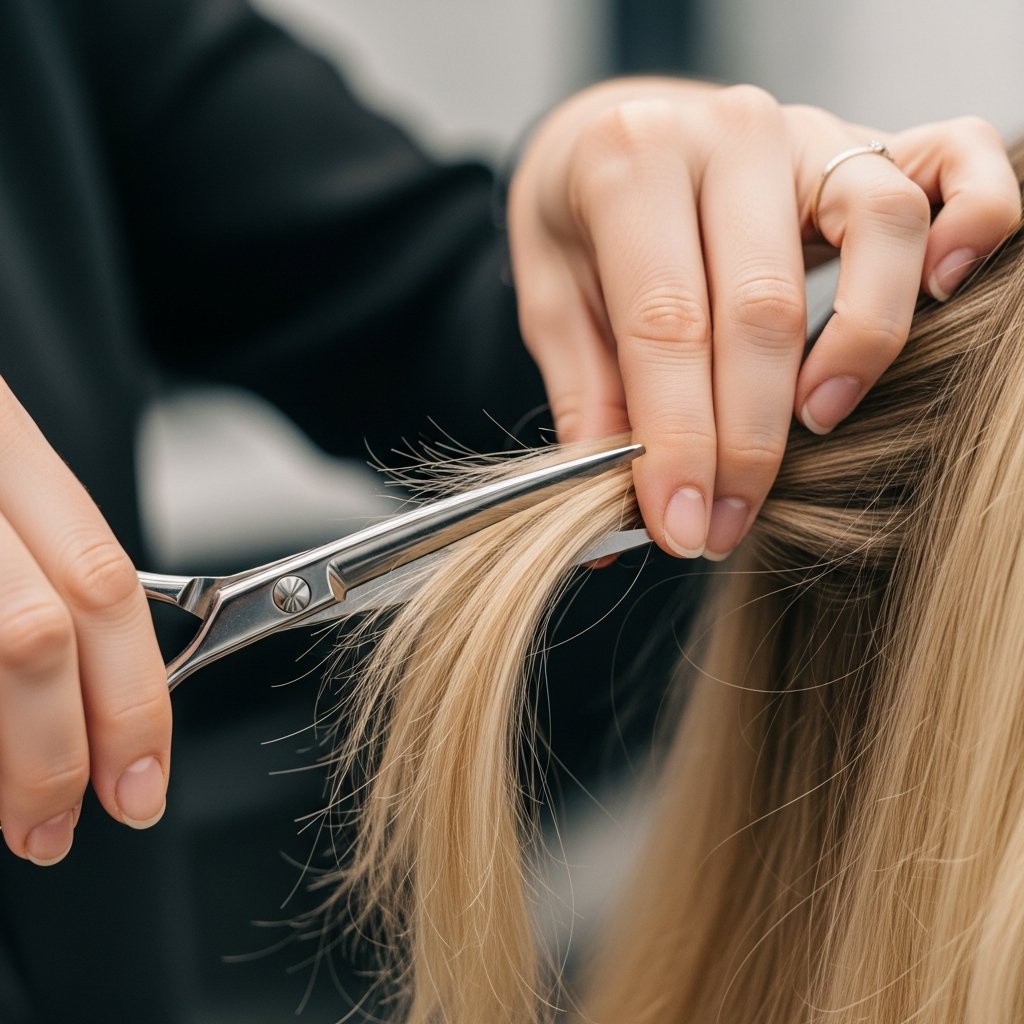
Iron is vital for producing hemoglobin, which carries oxygen to your follicles for growth and repair. Low iron levels (anemia) are a common cause of hair shedding. Zinc plays a crucial role in hair tissue growth and repair, and it helps keep the oil glands around the follicles working correctly. Biotin (Vitamin B7) is famous for its role in hair health, as it aids in the production of keratin. Finally, healthy fats, especially Omega-3 fatty acids found in fish and flaxseed, are essential for scalp health and adding natural shine to your hair. A balanced diet is the ultimate long-term strategy for growing hair that is inherently less prone to damage.
This might be the method no one wants to hear, but it's one of the most critical. Once a hair strand splits at the end, there is no product that can permanently fuse it back together. Products marketed as 'split end menders' use polymers or silicones to temporarily glue the split, but this is a cosmetic, temporary fix. If left untrimmed, the split will continue to travel up the hair shaft, causing more thinning, frizz, and breakage along the way. A small split end can quickly turn into several inches of damaged, unsalvageable hair.
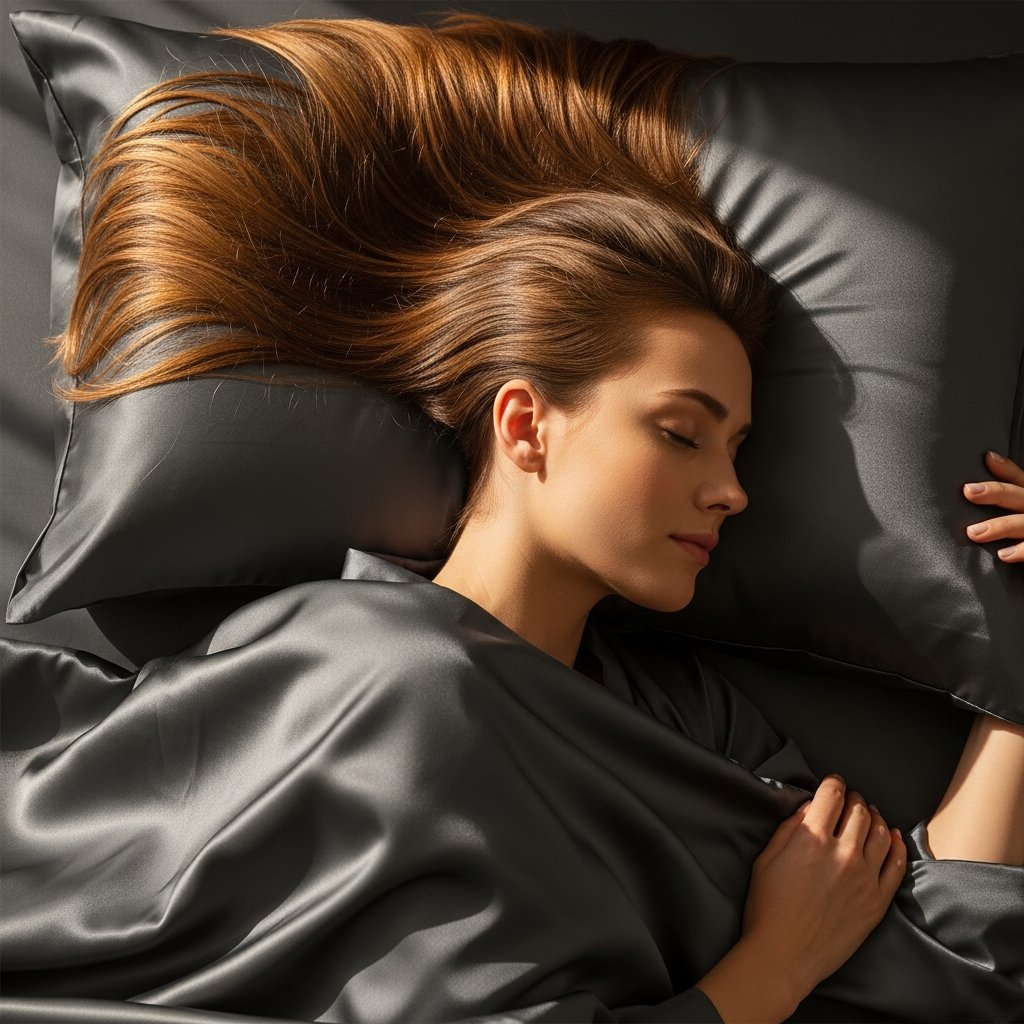
The only real solution for split ends is to cut them off. Getting regular trims—typically every 8-12 weeks—is an act of preventative maintenance. By snipping off the very ends before they have a chance to split extensively, you preserve the health and thickness of the rest of your hair. This allows you to retain length more effectively over time, as you won't need to cut off large amounts of damaged hair later. Think of it not as losing length, but as investing in the quality and future length of your hair.

Fixing damaged hair is a journey, not an overnight miracle. It requires a combination of powerful, science-backed treatments, gentle daily habits, and, most importantly, patience and consistency. By integrating these ten methods into your routine—from rebuilding internal bonds and replenishing protein to protecting your strands from heat and mechanical stress—you are creating a holistic environment for your hair to heal and thrive. Start by identifying the primary causes of your hair damage and choose a few key strategies to focus on first.
Remember that consulting a professional stylist is always a valuable step. They can provide an accurate diagnosis of your hair's specific needs and recommend a personalized regimen with professional-grade products for the best possible results. With the right knowledge and a dedicated approach, you can successfully reverse the signs of damage and restore your hair to a state of beautiful, resilient health.

11 min read

10 min read

9 min read